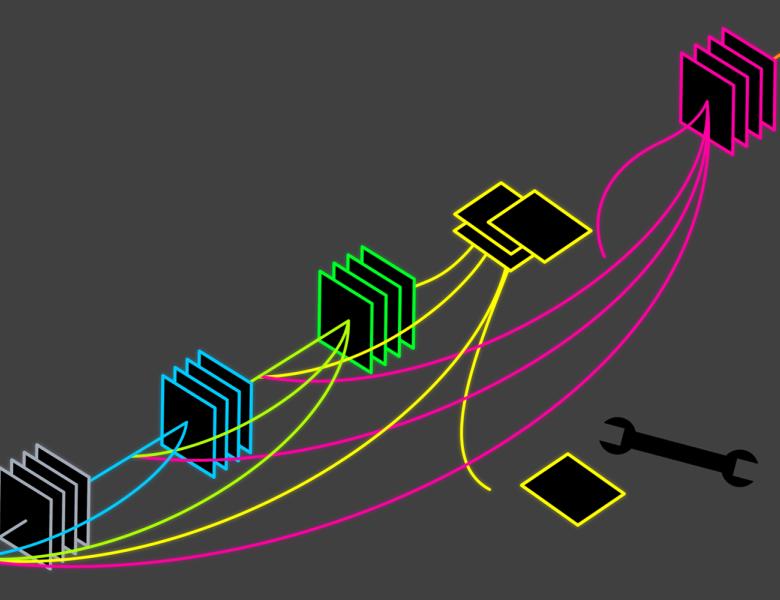
Abstract
We consider the optimization problem associated with fitting two-layers ReLU networks with $k$ neurons. We leverage the rich symmetry structure to analytically characterize the Hessian and its spectral density at various families of spurious local minima. In particular, we prove that when the number of inputs is at least the number of neurons: (a) of the $k^2$ eigenvalues, at least $k^2 - O(k)$ concentrate near zero, (b) there exist eigenvalues which grow linearly with $k$. Although this phenomenon of extremely skewed spectrum has been observed many times before, to the best of our knowledge, this is the first time it has been established rigorously. Our analytic approach uses techniques, new to the field, from symmetry breaking and representation theory, and carries important implications for our ability to argue about statistical generalization through local curvature.


